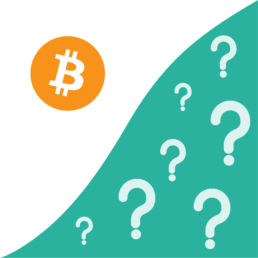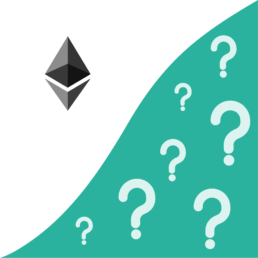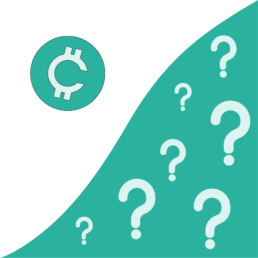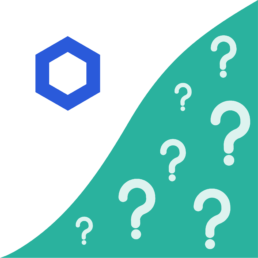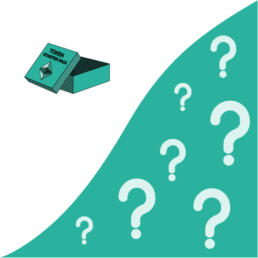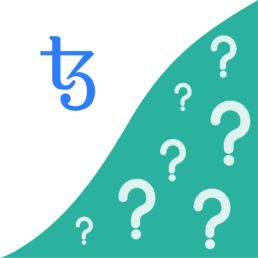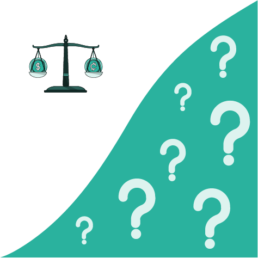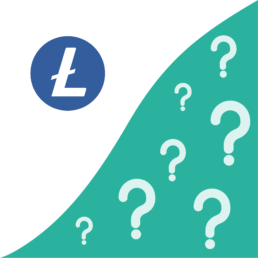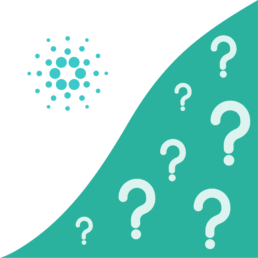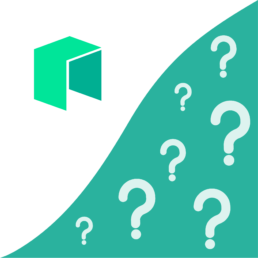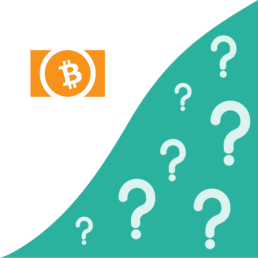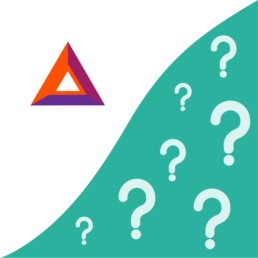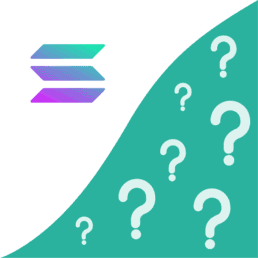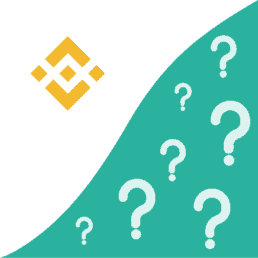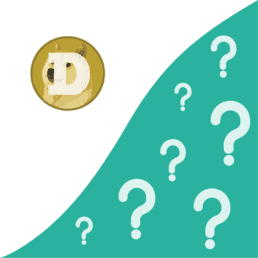What is a Blockchain?
You’ve probably heard the term ‘Blockchain’ or references to blockchain technology at some point or another, a bit like how people describe ‘the cloud’. It’s not all mysticism, smoke and mirrors – it’s actually really straight forward in real terms when you understand the key principles
A blockchain is effectively a ledger that links pieces of data or ‘blocks’ into one collective chain. The core principle of a blockchain is that when a block is created, and a subsequent block containing more data is added, a ‘chain’ is formed. These blocks are then linked together forever; they can’t be changed, nor unlinked. This is where the security and transparency of blockchain technology comes into its own.
Blockchains have a whole host of advantages over traditional systems; the data stored within the blockchain is distributed and stored across the entire network. This level of security and transparency has a whole host of benefits. Take the example of a traditional deposit at your bank going missing; you’d be reliant on the honesty, accuracy and security of a bank to locate the transaction and explain to you what happened. If you’d sent a crypto coin to a friend, all you’d need is the basic transaction details and you’d have instant access to all of the relevant information to confirm the exact detail of the transaction. This information remains available and transparent forever.
Components of a block
A data block is made up of three basic components:
- Data
- Hash of the block
- Hash of the previous block.
The data consists of the transaction information. For instance, the data component of a bitcoin blockchain entry would be made up of the sender and receiver’s information, as well as the transaction details.
The hash of the block is a string of letters and numbers that form the unique identity of the block. Think of it like a digital fingerprint to identify a record or transaction.
The third component links the block with a previous block on the chain. In addition, the hash of the previous block is also stored, to form a chain of connected blocks, hence the term blockchain.
How does a blockchain work?
Let’s say you’d like to send some crypto coins to a friend, or you’re moving your coins to a Ledger for security. You’re probably thinking ‘So, how does this transaction actually work?’
Well, once you have your crypto coin of choice and you’ve input the amount and the wallet address of the person you want to send it to, your transaction will register on the blockchain before a peer-to-peer network of nodes (computers) verifies the legitimacy and accuracy of the transaction. This verification is required to ensure that no fake or faulty blocks are added to the chain, again maintaining the integrity and security of the blockchain. Once the transaction has been verified by the network, a new block will be added on the blockchain.
To incentivise the validation process, blockchains use consensus algorithms like proof-of-work or proof-of-stake. These algorithms award the validators for their work in keeping the blockchain error-free and accurate.
Three pillars of blockchain technology
Blockchain technology marks a new paradigm in technology for three key reasons, it’s decentralised, transparent and immutable.
Unlike centralised servers where your data is stored elsewhere and could be exploited, the blockchain is entirely decentralised, inherently making your data more secure.
Although it seems counterintuitive, the transparency in blockchains provides anonymity for your transactions. Your transactions are not displayed as ‘you sent this amount’, instead, it is displayed as a complex cryptographic hash.
While a transaction on the blockchain is public, your identity remains private.
Immutability refers to the unchangeable nature of the blockchain data, simply put, once the data is stored it cannot be tampered with.
Summary
In conclusion, a blockchain is a decentralised ledger of transactions. Its decentralisation ensures no one party has the power to alter or edit the chain for their own gain. Even though all transactions are recorded, your personal details remain private, meaning the details of the blockchain transactions remain transparent for the involved parties while maintaining privacy.
Learn more about cryptocurrency
What is Bitcoin?
What is crypto
What is Ethereum?
What is crypto
What is Cryptocurrency?
What is crypto
What is Money?
What is crypto
What is DeFi?
What is crypto
What is Chainlink?
What is crypto
What is a Whitepaper?
What is crypto
What is an ERC-20 Token?
What is crypto
What is Proof of Stake?
What is crypto
What is Proof of Work?
What is crypto
What is Stellar?
What is crypto
What is Tezos?
What is crypto
What is a Stablecoin?
What is crypto
What is Litecoin?
What is crypto
What is Cardano?
What is crypto
What is NEO?
What is crypto
What is Monero?
What is crypto
What is Bitcoin Cash?
What is crypto
What is Polkadot?
What is crypto
What is Basic Attention Token?
What is crypto
What is Solana?
What is crypto
What is Binance Coin?
What is crypto
What is Dogecoin?
What is crypto
What is a Bitcoin ETF?
What is crypto
What is a NFT?
What is crypto
Sign up to our newsletter
What is cryptocurrency?
Where to buy cryptocurrency?
How to buy cryptocurrency?
Manage cryptocurrency
Disclaimer
Our publications do not offer investment advice and nothing in them should be construed as investment advice. Our publications provide information and education for investors who can make their investment decisions without advice. The information contained in our publications is not, and should not be read as, an offer or recommendation to buy or sell or a solicitation of an offer or recommendation to buy or sell any cryptocurrency. Prices of cryptocurrency may go down as well as up and you may not get back the original amount invested. You should not buy cryptocurrency with money you cannot afford to lose. To see our full disclaimer click here.
